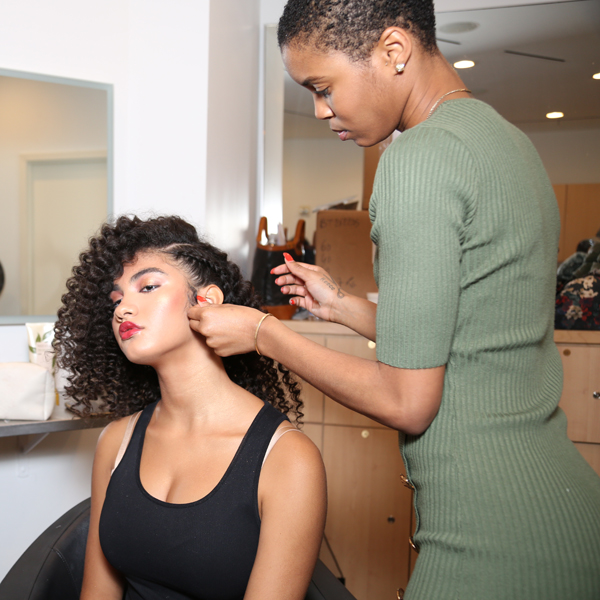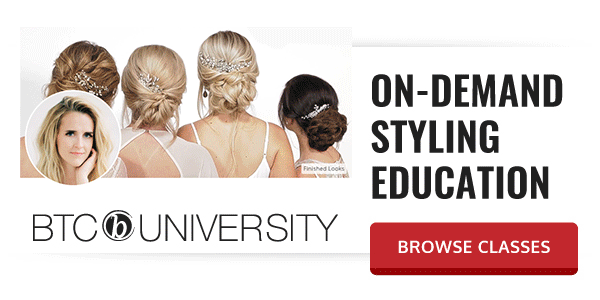Myths And Facts About Textured Hair
Debunking 6 Myths About Textured Hair
When you think of textured hair, what goes through your head? Lived-in waves? Coils or curls? And how confident are you in cutting, coloring and caring for all types of texture? BTC spent an evening with MIZANI at the L’Oréal USA Headquarters in New York City and learned the facts behind myths about textured hair.
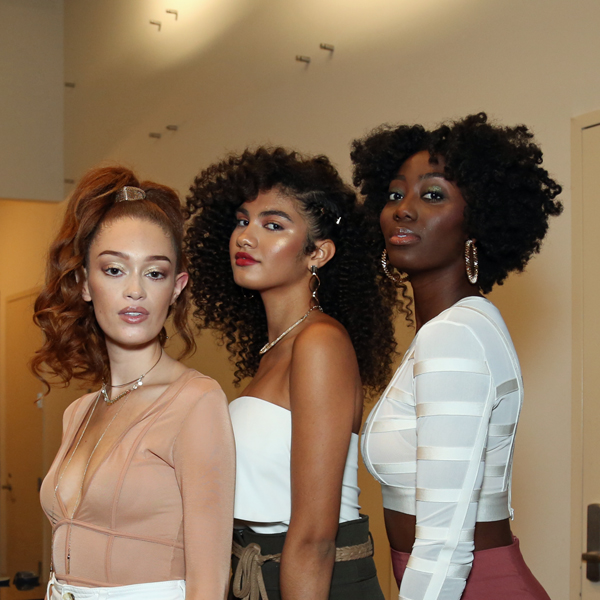
MIZANI brought a panel of texture experts and salon owners together to talk about how hairdressers can learn how to style all types of hair. Now more than ever, clients are coming to you with a mix of textures—not everyone has pin-straight hair!—and there is a lot of client loyalty and money to be made if you know what you’re doing. Moderated by textured hair expert Tippi Shorter, co-founder of the Texpert Collective, and with education from Kate Oechsle, AVP of Global Education for MIZANI, we learned SO much at the event. Keep reading!
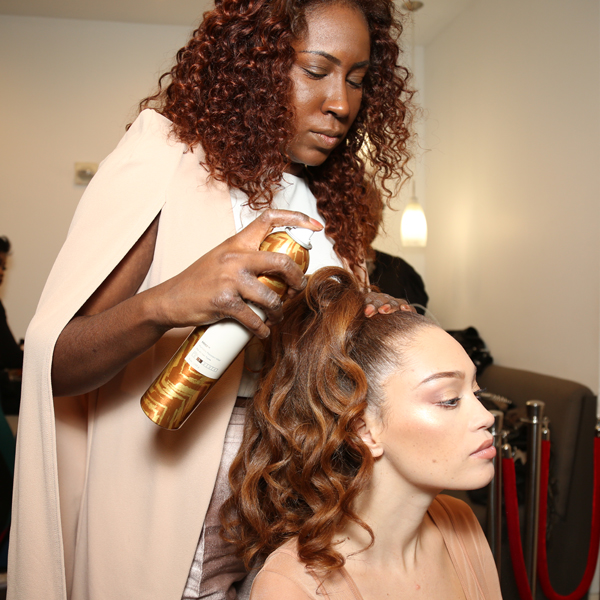
MYTH #1: Textured hair only means VERY curly or coily hair.
Fact: The word “texture” means different things to different people. In MIZANI’s world, it means everything that isn’t pin-straight. This can mean wavy, or curly, or very coily. The way hairdressers talk about textured hair is important, and some may be nervous to offend a client with their verbiage. A tip from Michaele Blisset, owner of three [718]salons in Brooklyn? “Ask them, ‘Can you say what celebrity’s hair is closest to your hair?’” she suggested. This way you can get an idea of what the client wants.

MYTH #2: Textured hair is much stronger than straight hair.
Fact: Textured hair has fewer cuticles, so it needs to be treated with more care, Tippi said. That means proper heat protection is especially important. The number one mistake made by stylists new to texture? “They use too much heat and burn the hair because they think that’s what they have to do,” Kate said. “And then the client loses their curl pattern.
With this in mind, MIZANI products are designed to be layered so that thermal protection is constantly being applied. And one of MIZANI’s top sellers is the 25 Miracle Milk, a leave-in treatment that not only provides moisture, manageability and shine, but also acts as a thermal protectant.
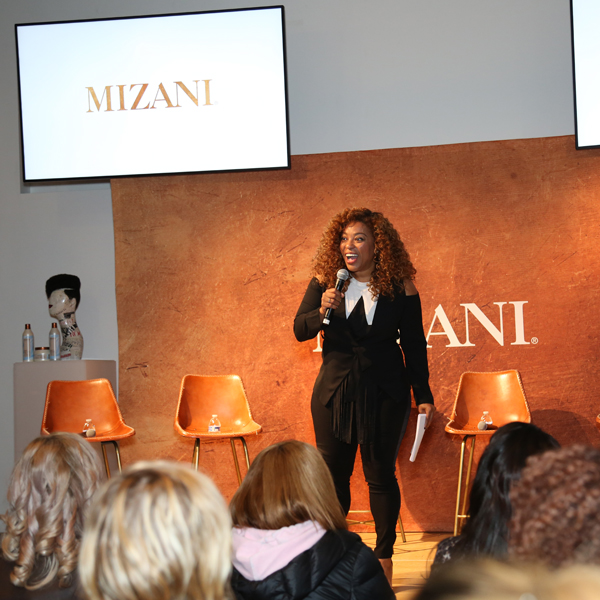
MYTH #3: Textured hair is harder to lift.
Fact: “Textured hair often moves out of the orange phase more quickly,” Kate said. So don’t reach for 30- or 40-volume developer immediately. Try a non-ammonia highlighting cream like L’Oréal Professionnel Majimèches. Or if you do want to use lightener, start at 10- or 20-volume and do a second process if needed—and don’t forget the bond builder! Kate recommends L’Oréal Professionnel SmartBond, Matrix Bond Ultim8 or Redken pH-Bonder.
MYTH #4: Textured hair clients want natural ingredient products only.
Fact: That may be true for some clients, but this is again where verbiage comes into play. To some people, “natural” means natural products, but to others it means the texture she or he was born with. In the MIZANI world, “natural” texture means a person who rocks their own texture and doesn’t use chemical processes to manipulate it. This means a natural-texture client can still get a blow out and use a flat iron or curling iron, so just be sure to talk to her about her preferences before styling.
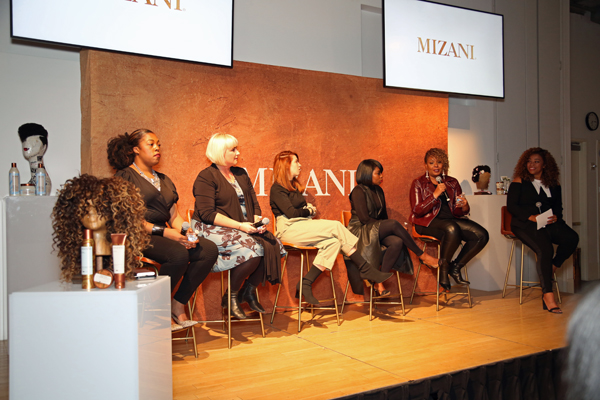
MYTH #5: Textured clients should use raw oils like coconut oil.
Fact: These oils can often do more damage than good! Things like coconut oil, olive oil and Jamaican black castor oil are difficult to shampoo out and can contribute to heat damage and dryness. Why? “It’s too big of a molecule for hair to accept, so it just sits on top of the hair,” said Reece Brown-Willis, a MIZANI educator and stylist at Broome Street Society in SoHo. Reece has her clients swap their grocery store oil for MIZANI Miracle Oil 25, which penetrates the hair instantly and leaves hair feeling moisturized and manageable.

MYTH #6: My textured hair clients know more than me about styling their hair.
Fact: They may have information, but they don’t have education. Clients go to YouTube because they want to learn, so you need to be the one to teach them instead. If you don’t feel confident doing so, that means it’s time for a class. MIZANI offers education in all things texture—from how to speak to clients to how to book at the front desk to how to shampoo textured hair properly.
More from
MIZANI
-
Blowouts
How To Choose Rollers For Every Hair Type
-
Industry Events
repHAIRations Digital Education Event: What You Need To Know
-
Balayage
Foil & Open Air Highlight Placement
-
Curls
Style Shifter Society Coco Dew
-
Blonde
How To Bleach Curls Without Damage
-
Curly Clients: Summer Guide To Healthy Hair
-
Blonde
10 Ways To Service Your Textured Clients
-
Curly
6 Curly Hair Cutting Mistakes You’re Probably Making
-
Curly
The Aircut: What It Is & How To Do It
-
Corrective Color
3 Corrective Color Tips For Eliminating Bands + Brass
-
Industry Events
The Textured Hair Elevated’s 2nd Annual THE Summit Is Happening January 17 & 18
-
Curls
Texture Breakdown: Understanding Your Client’s Curl Pattern
-
Braids
Zipper Braid: What It Is & How To Do It
-
BTC Events
6 Genius Cheats For Cut + Color Services
-
Haircare
Your Client’s Guide To Summer Hair Damage Repair
-
Haircare
Moisture Fusion Intense Moisturizing Mask
-
Curly
Aircut: 5 Tips To Master This Curly Cutting Technique
-
Styling
Finger Waves: Try This Foil + Balayage Board Trick!
-
Blonde
Curly Hair Color Correction: From Brassy To Warm Honey Blonde
-
Haircare
True Textures Moroccan Clay Steam Mask
-
Conditioners
Thermasmooth Shampoo & Conditioner
-
Haircare
Strength Fusion Strengthening & Repairing Shampoo
-
Distributor
L’Oréal USA Announces New Executive Leadership Appointments & Beauty Brand Updates
-
Manufacturer
Mizani Launches Digital Academy For Texture Education





